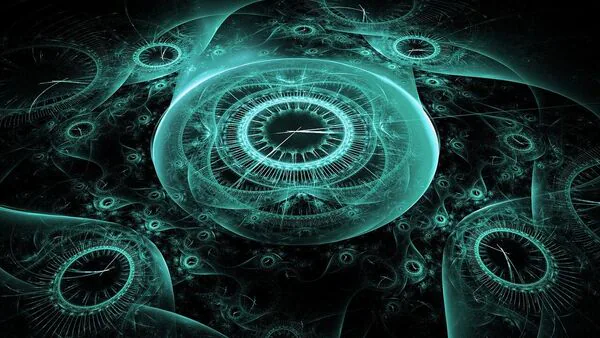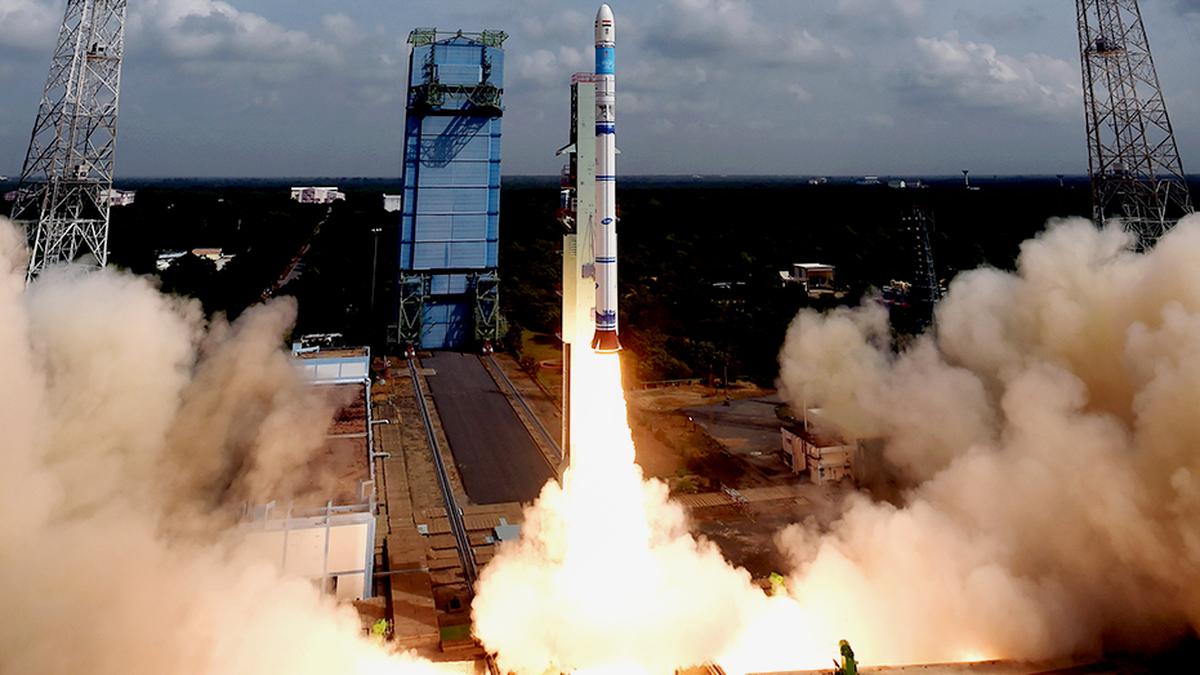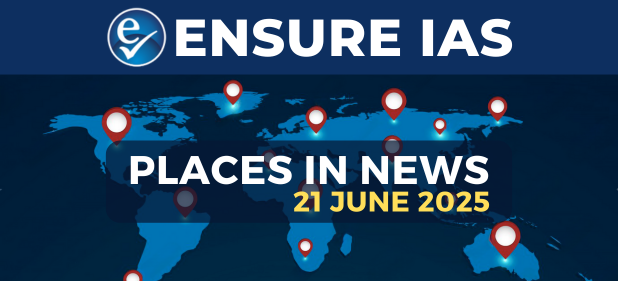- Courses
- GS Full Course 1 Year
- GS Full Course 2 Year
- GS Full Course 3 Year
- GS Full Course Till Selection
- Answer Alpha: Mains 2025 Mentorship
- MEP (Mains Enrichment Programme) Data, Facts
- Essay Target – 150+ Marks
- Online Program
- GS Recorded Course
- Polity
- Geography
- Economy
- Ancient, Medieval and Art & Culture AMAC
- Modern India, Post Independence & World History
- Environment
- Governance
- Science & Technology
- International Relations and Internal Security
- Disaster Management
- Ethics
- NCERT Current Affairs
- Indian Society and Social Issue
- NCERT- Science and Technology
- NCERT - Geography
- NCERT - Ancient History
- NCERT- World History
- NCERT Modern History
- CSAT
- 5 LAYERED ARJUNA Mentorship
- Public Administration Optional
- ABOUT US
- OUR TOPPERS
- TEST SERIES
- FREE STUDY MATERIAL
- VIDEOS
- CONTACT US
Draft Legal Metrology (Indian Standard Time) Rules, 2025 : Synchronizing Time Across India
Draft Legal Metrology (Indian Standard Time) Rules, 2025 : Synchronizing Time Across India
29-01-2025

- In January 2025, The Department of Consumer Affairs, Government of India, introduced the Draft Legal Metrology (Indian Standard Time) Rules, 2025, aiming to implement “One Nation, One Time” by synchronizing Indian Standard Time (IST) across the country.
- Legal Metrology refers to the system of ensuring that measurements used for trade, commerce, safety, and other official purposes are correct.
- For example, a weighing scale used in a grocery store must show the correct weight of your fruits and vegetables.
- When we apply metrology to time, it becomes about ensuring that time is measured correctly in all contexts (from financial transactions to scientific research).
- This project is being carried out with the help of the National Physical Laboratory (NPL) and the Indian Space Research Organisation (ISRO), to improve the accuracy of IST to the level of milliseconds to microseconds.
- IST is the official time used in India.
- It’s based on UTC (Coordinated Universal Time), with a +5:30 hour offset (meaning IST is 5 hours and 30 minutes ahead of UTC).
- UTC (Coordinated Universal Time) is the time standard used globally to keep track of time.
- It doesn’t change with time zones, unlike regular clocks that are set to different time zones depending on where you are in the world.
Objective of the Initiative: "One Nation, One Time"
- The main aim is to ensure one unified time system for the entire country, making time synchronization more reliable across various sectors.
- The government is planning to develop the required technology and infrastructure to achieve this level of precision, using 5 Legal Metrology laboratories located across different regions of India.
Why Is Synchronizing Time Important?
- Time synchronization means that different systems (like computers, phones, or power grids) all use the same clock or time source. This is crucial for things like:
- Banking: If financial transactions aren’t done at the correct time, there could be mistakes.
- Telecommunications: If different phone towers or internet systems don’t sync, calls and internet could get disrupted.
- Power Grids: Imagine if electricity couldn’t be coordinated across the country because the time was off in different regions.
- National Security: Systems related to defense or emergency responses need synchronized time to act quickly and effectively.
- Current Issues with Time Synchronization:
- GPS (Global Positioning System) is currently used by many Telecom Service Providers (TSPs) and Internet Service Providers (ISPs) in India to synchronize their time. However, this is not ideal because:
- GPS signals can be inaccurate or disrupted.
- It relies on external sources, not India’s own standard time (IST).
- This is why the government wants everyone to use IST as the national standard.
- GPS (Global Positioning System) is currently used by many Telecom Service Providers (TSPs) and Internet Service Providers (ISPs) in India to synchronize their time. However, this is not ideal because:
Steps Taken by the Government and Key Institutions
- Committee to Develop the Policy:
- The government has created a high-level committee to design a plan for using IST nationwide. This committee is led by the Secretary of Consumer Affairs and includes experts from various organizations:
- NPL
- ISRO
- IIT Kanpur
- NIC (National Informatics Centre)
- CERT-In (Indian Computer Emergency Response Team)
- SEBI
- Government departments like Railways, Telecom, and Financial Services.
- The government has created a high-level committee to design a plan for using IST nationwide. This committee is led by the Secretary of Consumer Affairs and includes experts from various organizations:
- Tasks of the Committee:
- The committee is working on creating policies and regulations for adopting IST across India.
- It is drafting rules for how networks should be synchronized to IST, and how to protect time synchronization from cyber threats.
Key Features of the Draft Legal Metrology (Indian Standard Time) Rules, 2025:
The Draft Legal Metrology (Indian Standard Time) Rules, 2025 aim to:
- Make Indian Standard Time (IST) the official time for every sector in India.
- Ensure that businesses, government offices, and infrastructure all follow the same time (IST).
- Stop the use of GPS or other time sources, unless for specific exceptions like scientific research or navigation.
- Systems like Network Time Protocol (NTP) or Precision Time Protocol (PTP) will be used for synchronization.
- NTP is a system that helps synchronize the time of computers and devices over the internet. It’s like having a central clock that all systems use to stay in sync.
- PTP is a more precise version of NTP used for systems that need extremely accurate time (like power grids or scientific instruments).
- NTP is a system that helps synchronize the time of computers and devices over the internet. It’s like having a central clock that all systems use to stay in sync.
- Include cybersecurity measures to protect time data from being tampered with.
Why Should We Care About This?
- These rules will ensure accurate synchronization in communications, banking, power grids, and public services, improving the efficiency and reliability of these systems.
- IST synchronization will help improve national security by ensuring all critical systems are working with the same time. It will also make managing emergency responses and public services more coordinated.
- Financial systems will benefit from accurate time-stamps, ensuring correct records and preventing errors in transactions.
- By synchronizing manufacturing processes, businesses will have more efficient operations, leading to cost savings and better global competitiveness.
- These rules will make sure that documents and records are synchronized with the right time, ensuring that legal and regulatory requirements are met.
- The rules will help sectors such as navigation, telecommunications, internet services, and scientific research by providing reliable time synchronization.
- Industries will benefit fr
om precise financial transactions and more efficient manufacturing, improving their ability to work on a global scale.
Monitoring, Compliance, and Exceptions
- Monitoring Compliance: Regular audits will ensure that all sectors are following the rules for time synchronization. Penalties will be given for violations, encouraging strict adherence.
- Exceptions: Exceptions will be allowed for activities such as scientific research, astronomical studies, and navigation, but only if prior government approval is given.
|
About Department of Consumer Affairs:
The Department has been entrusted with the following work
|
List of Major Countries with highest number of time zones
|
Sovereign State |
No. of time zones |
|
12 |
|
11 |
|
11 |
|
9 |
|
9 |
|
9 |
|
6 |
|
5 |
|
5 |
|
4 |
|
4 |
|
3 |
|
2 |
|
2 |
|
2 |
|
1 |
|
Also Read |
|
| NCERT Books For UPSC | |
| Best IAS Coaching in Delhi | |



